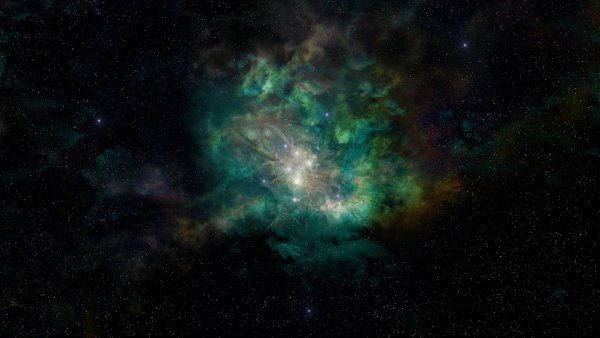NASA продемонстрировало снимки рождения звезды в далекой Вселенной. Уникальные фотографии удалось получить благодаря современному телескопу «Хаббл». Фотоотчет ученые опубликовали вчера в микроблоге Инстаграма.
Сотрудники NASA поделились с миром фотографией. На панорамном снимке запечатлен процесс рождения звезды в далекой Вселенной. Объект располагается в созвездии Форнакс.
Появление небесного тела удалось заметить благодаря тому, что «Хаббл» оснастили ультрафиолетовым видением. Это позволяет по-новому изучить космические объекты, которые появились за прошедшие 11 млрд лет.
До сих пор ультрафиолет было недостающей частью изучения космического пространства. Благодаря усовершенствованному телескопу астрономы планируют собрать наиболее полную картину эволюционной истории Вселенной.
На изображении зафиксированы очень далекие и близкие галактики. Сравнивая их, астрономы могут лучше понять, как соседние галактики выросли.






